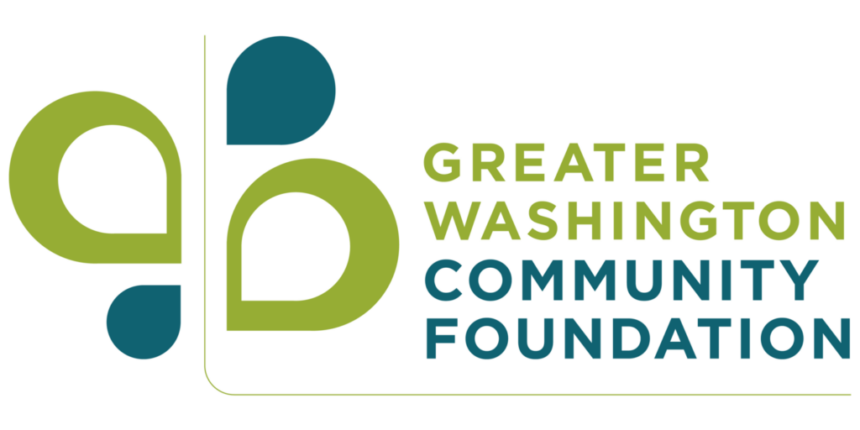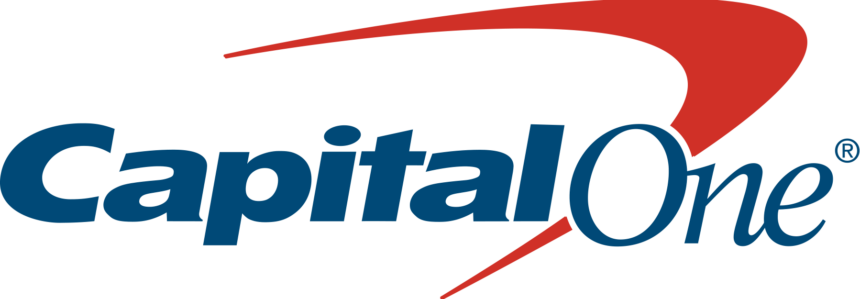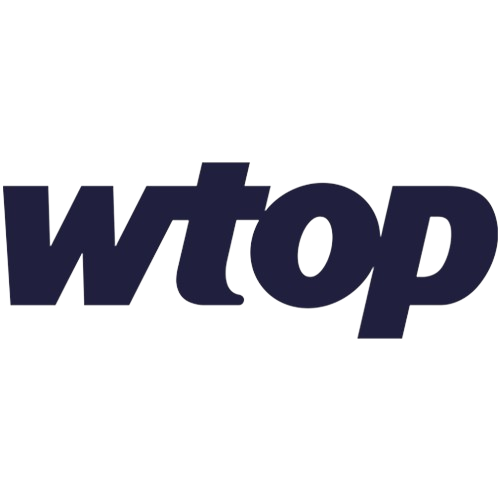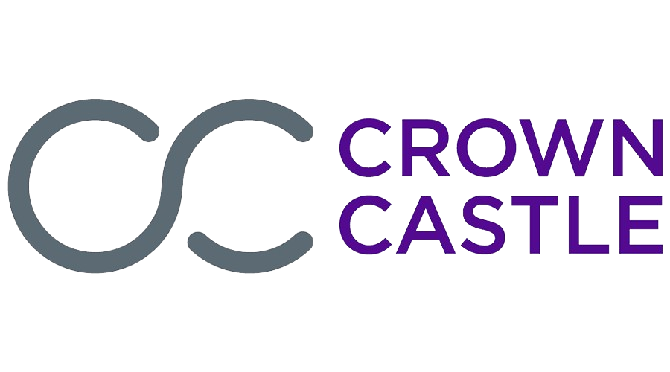Sep 29, 2020
Dr. Laura Morgan Roberts on Race, Work, and Leadership
This TD Bank Morning Star Speaker Series event was held on September 29, 2020 and featured Dr. Laura Morgan Roberts, author of Race, Work, and Leadership: New Perspectives on the Black Experience. Watch the webinar recording or read the summary to learn how you can support a genuinely inclusive, diverse environment in your organization.
Watch the Recording
Read the Summary
- Experiences with race exist on a spectrum from actively racist to actively anti-racist, with several stages in between.
- In addition to a moral case, there is a strong business case for diverse organizations and leveraging differences. It is important for us to think about all forms of diversity and the value that they bring. The benefits of diversity include:
- Expanding market awareness
- Anticipating alternate solutions to problems
- Attracting the best talent
- Unlocking innovation
- Research on the black experience shows that there are many barriers to success, such as less access to education, healthcare, housing, financial capital, and professional networks, and this results in black Americans making up a very small percentage of managers (8%) and CEOs (<2%).
- Black professionals may also feel that they can not bring their authentic selves to work.
- What feels visible: racial stereotypes and flaws.
- What fees invisible: strengths, talents, accomplishments.
- The consequences are that black professionals may feel less satisfied, less loyal to the organization, and make fewer quality connections.
- There is a barrier to advancement for many black professionals. They are often overrepresented at the lower levels of the organization and underrepresented at the higher levels.
- They may see fewer opportunities to learn and grow, feel their role is not highly appreciated, and have less access to sponsors and mentors.
- When black professionals do reach leadership positions, they are more likely to face legitimacy challenges (e.g. mistaken for lower-status workers), and may be more harshly judged for failures, rewarded less generously for success, or more likely to take on high-stakes “glass cliff” roles to lead organizations through sustained crises.
- The wrong way to respond to racial injustice is to deny it is happening, get defensive, and disengage from the problem.
- The right way to respond to racial injustice is to:
- Acknowledge the relevance of race and bias in careers, organizations, society, and in your life while accepting that this does not at all diminish your own worth – “Acknowledging the presence of bias and affirming the value of difference will not diminish the worth of my contributions or the validity of my hardships.”;
- Affirm the value of diversity and Black workers’ potential for growth and advancement; and
- Act to support Black workers in ways that will directly and indirectly benefit them, creating the climate for diversity, inclusion, equity, and justice that allows everyone to thrive. Don’t just check a box—keep asking, what more can I do?
- When choosing diversity and inclusion programming, ask:
- How do these action items align with your leadership framework?
- How do these action items strengthen your strategic capabilities?
- How do these action items strengthen your moral integrity?
- What are the costs of inattention and inaction? How do they undermine your strategic and values alignment?
- What can champions do?
- Move from mentor to sponsor.
- Advocate for employees of color in matters of racial justice.
- What can leaders do?
- Create a culture of inquiry around race.
- Pursue strategic and values alignment with stakeholders.
- Lead and sustain organizational change
- Being a good ally means getting in the fight and not just cheering others on—and being willing to face some resistance.
- The biggest thing leaders get wrong in diversity and inclusion: not trying hard enough to hire diverse talent and then saying, “we just can’t find a good candidate who isn’t white.” This should challenge leadership to expand their talent pipelines and question their hiring processes. Leadership should embrace the idea that there is plenty of talent and that your organization should represent the community you work in.
Our Sponsor

Become a member today
We need your voice at the table to make Greater Washington a place where everyone can succeed


















